When you bite into a juicy hamburger or a lovely steak, it's easy to forget that piece of meat was once a living, breathing, hungry animal. It also needed nutrients to survive. And while we all want to think that our meat eats according to nature, this is becoming less and less common. Livestock that live in CAFOs (concentrated animal feeding operations) are nourished very differently -- and sometimes even dangerously.
Have you ever thought about what your meat eats? Read on to learn about the ingredients fed to most farm animals being raised today.
1
Corn. Lots And Lots Of Corn.
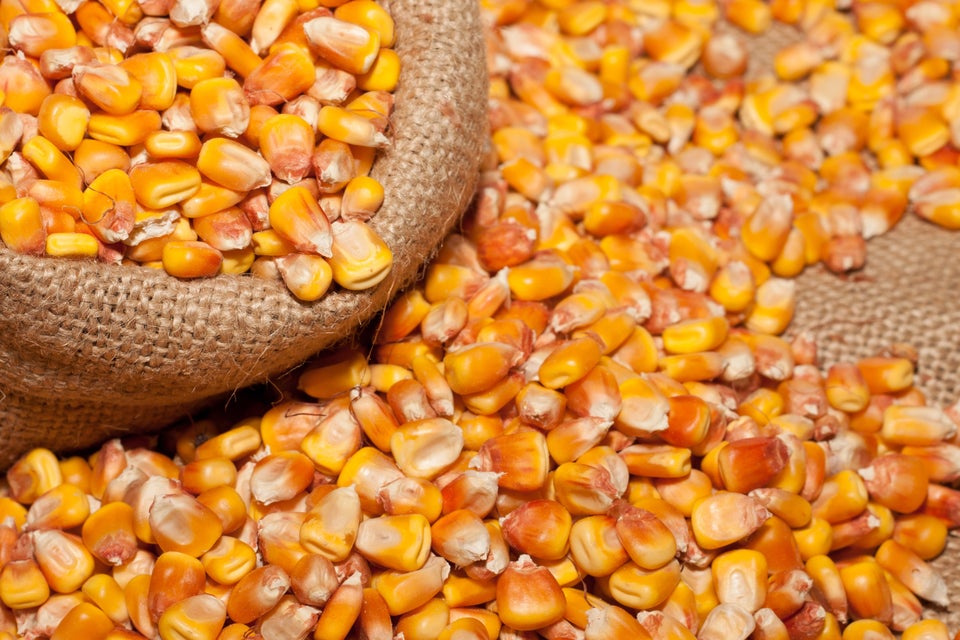
Shutterstock
In 2011, 84 million acres of corn were harvested in the U.S. According to the National Corn Growers Association, 80 percent of this corn goes straight into the bellies of domestic and overseas livestock and other animals.
Although cows and other ruminants are naturally disposed to eating grass, corn is filling and significantly cheaper, allowing farmers to fatten up the meat more efficiently. Just as we humans suffer from a host of food-related ailments when we eat things that aren't healthy for us, this practice opens animals up to a number of diseases and other health issues.
Although cows and other ruminants are naturally disposed to eating grass, corn is filling and significantly cheaper, allowing farmers to fatten up the meat more efficiently. Just as we humans suffer from a host of food-related ailments when we eat things that aren't healthy for us, this practice opens animals up to a number of diseases and other health issues.
2
Soy
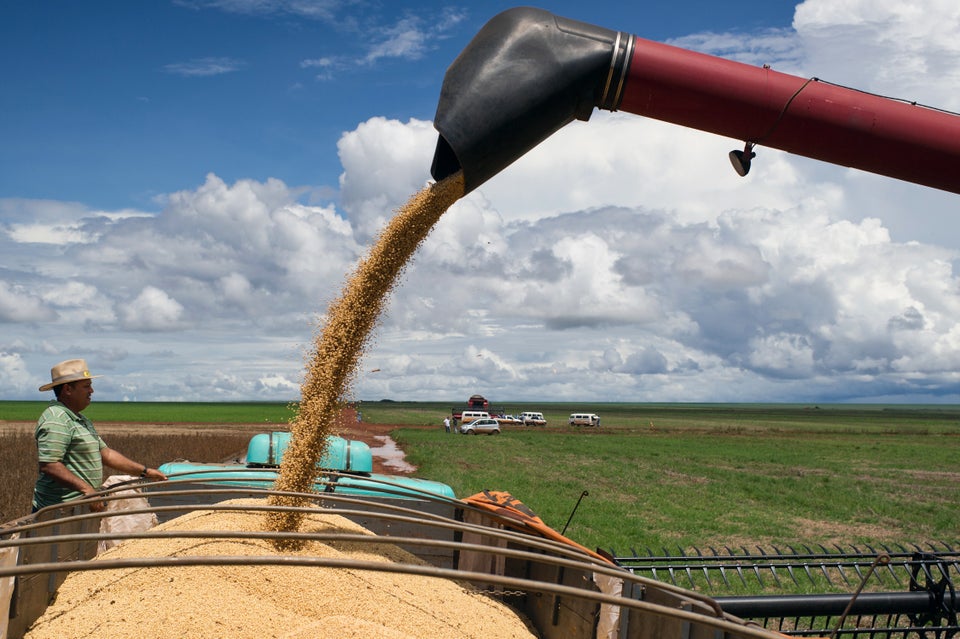
Getty Images
Second only to corn as the most planted crop in America, 73.8 million acres of soybeans were harvested in the U.S. in 2011. Over 30 million tons of the crop is fed annually to livestock. In fact, soybeans are the largest protein source fed to animals worldwide.
3
Themselves

Getty
Bringing a whole new level of discomfort to the term "you are what you eat," animal feed is legally allowed to contain certain amounts of the animal it is being fed to. Yes, that means sometimes there is dead pig meat and bones in pig feed and ground up chicken in the feed given to chickens. While cattle parts were outlawed from animal feed more than a decade ago thanks to Mad Cow disease, these bits have found their way back into the food system through other unsavory means, such as the next entry on this list.
Advertisement
4
Manure And Animal Waste
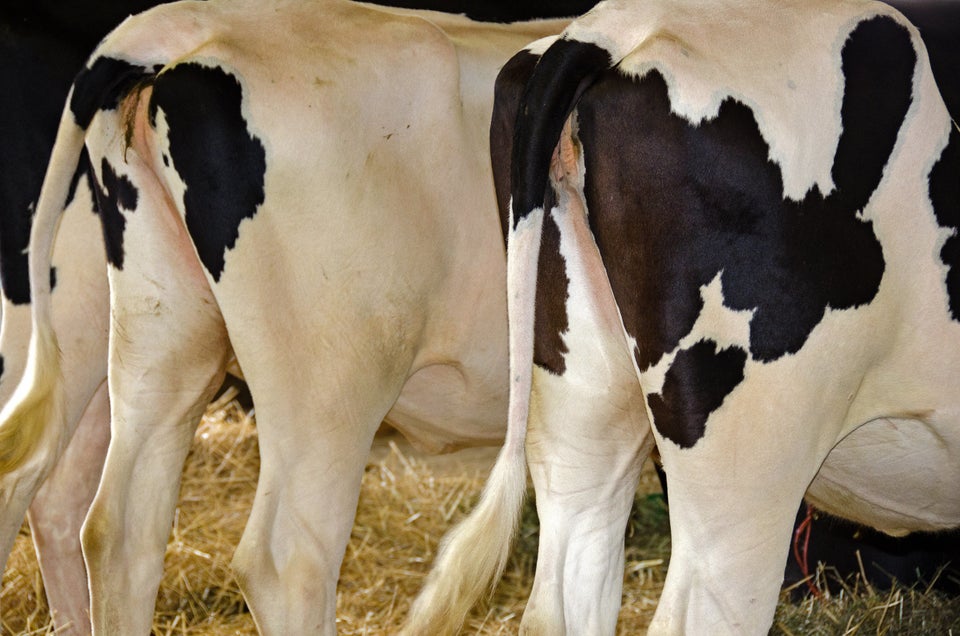
Shutterstock
One component of some animal feeds is something called "poultry litter" -- basically, the waste and spilled feed that is swept up from the floor of barns that house chickens. While some researchers argue that this is a cheap and relatively safe method of protein consumption for the animals, these feces can be breeding grounds for infectious bacteria, like the aforementioned Mad Cow Disease, and other germs. (Which is just one reason the next ingredient is considered "necessary" by some.)
5
Antibiotics

Getty
Thirty million pounds of antibiotics were given to U.S. livestock in 2011. While some of that was used to treat and heal sick animals, the majority was given to them in low levels in their feed in an effort to speed up growth and keep any natural infections at bay. While that may seem like a preventative measure, pumping animals with antibiotics could actually expose them (and us) to highly dangerous superbugs that cannot be exterminated with these drugs.
6
Feathers, Hair And Blood
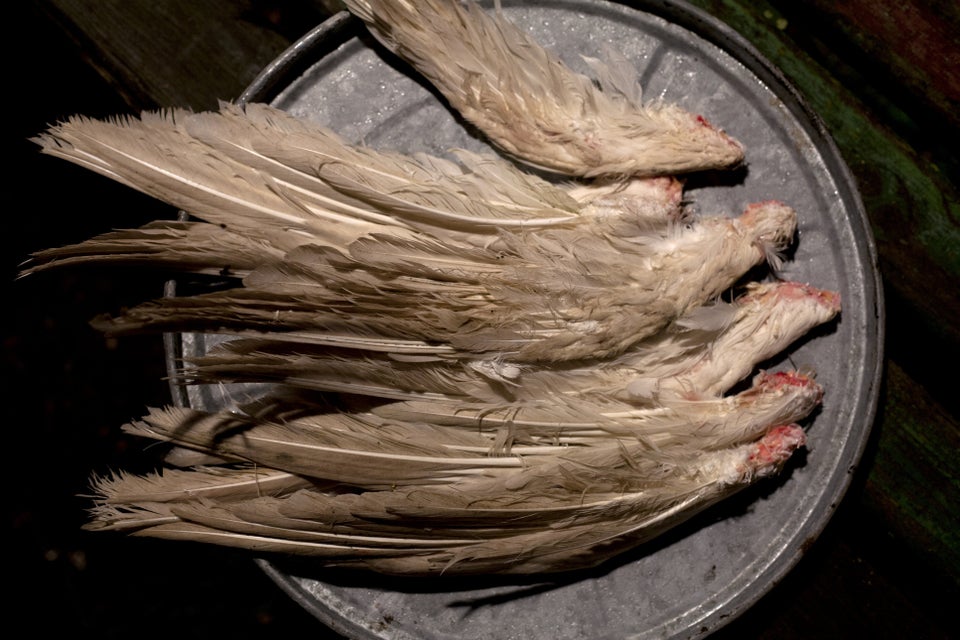
Getty
Another component of poultry litter is the animal parts that are either cast off or left behind after an animal dies. This includes things like hair, feathers, blood and hooves. Sometimes, animals are even fed roadkill.
Advertisement
7
Fish Meal
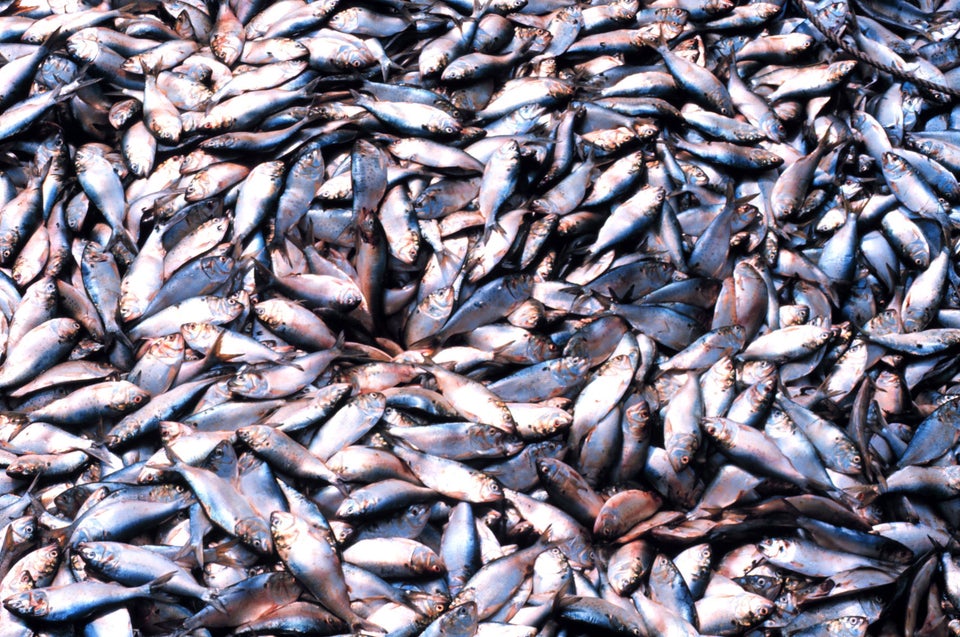
WikiMedia:
Fishmeal is a byproduct (read: ground up bones and offal) of small fish such as anchovies, menhaden, and more. While it may seem pretty harmless to be serving fish to livestock, keep in mind that ruminants do not naturally eat meats. They are also excused from the seafood advisories put on humans, meaning your meat might be eating the infectious, dirty fish that cannot legally make it onto your plate. In addition, farming for fishmeal has led to significant issues in the global fishing industry, such as depleting resources for the bigger fish, like salmon.
8
Candy?
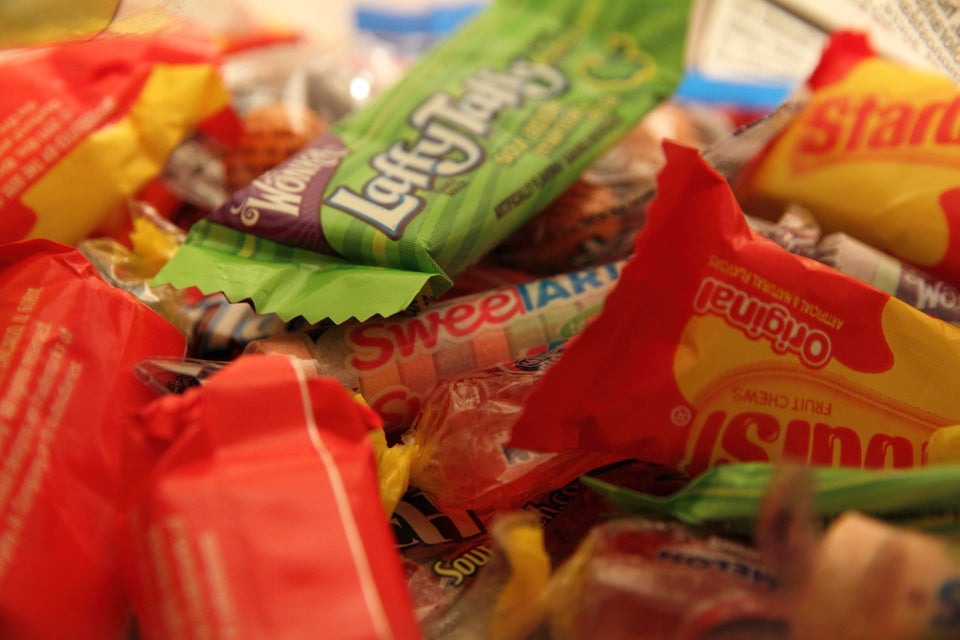
Although this is not a common practice, some farmers took to feeding animals candy in response to rising corn prices in the U.S. "It has been a practice going on for decades and is a very good way to for producers to reduce feed cost, and to provide less expensive food for consumers," livestock nutritionist Ki Fanning told CNN Money (apparently with a straight face).